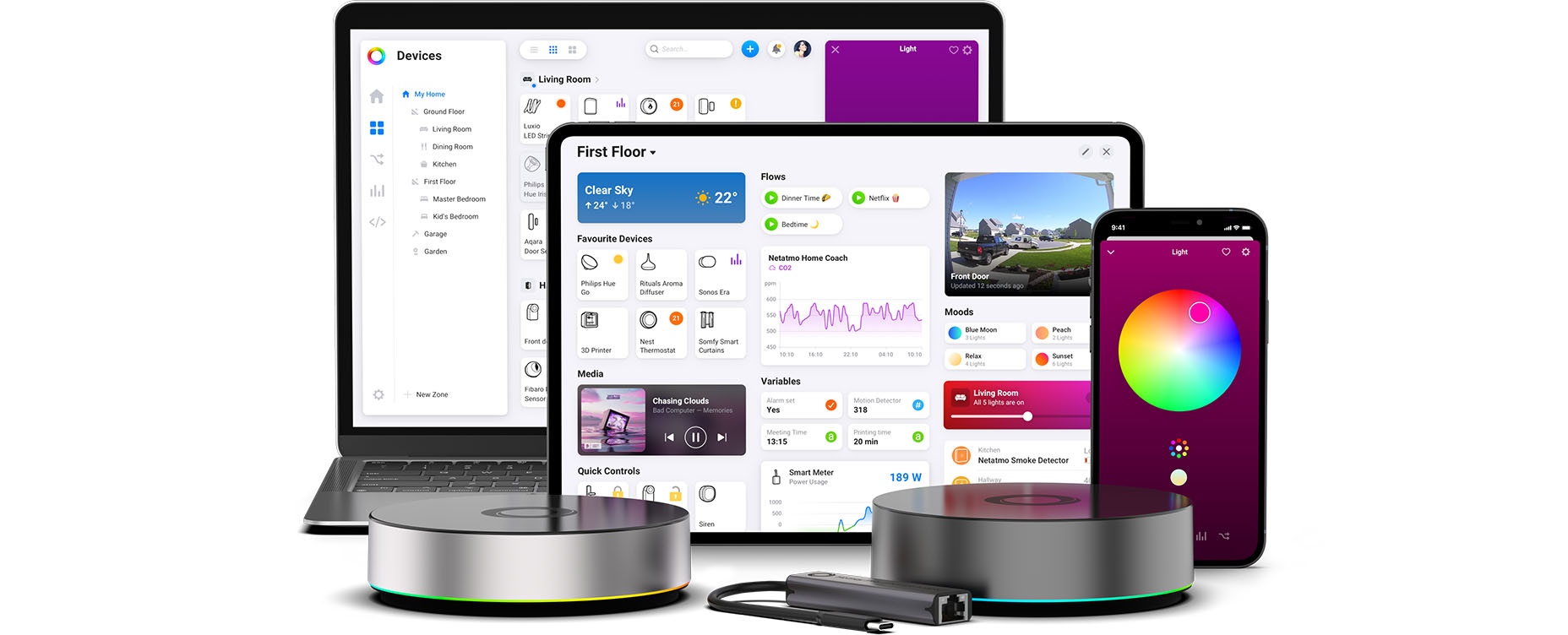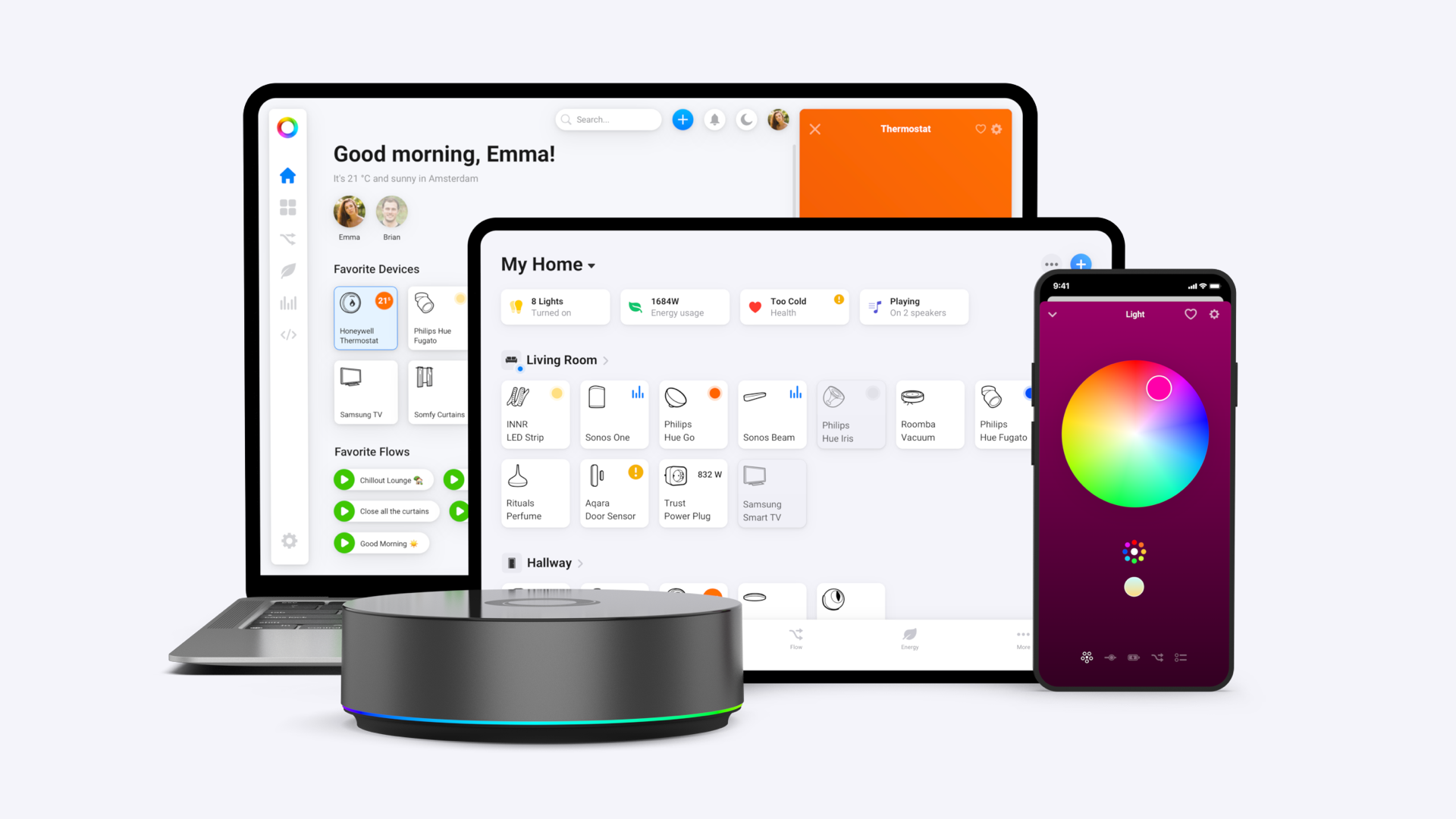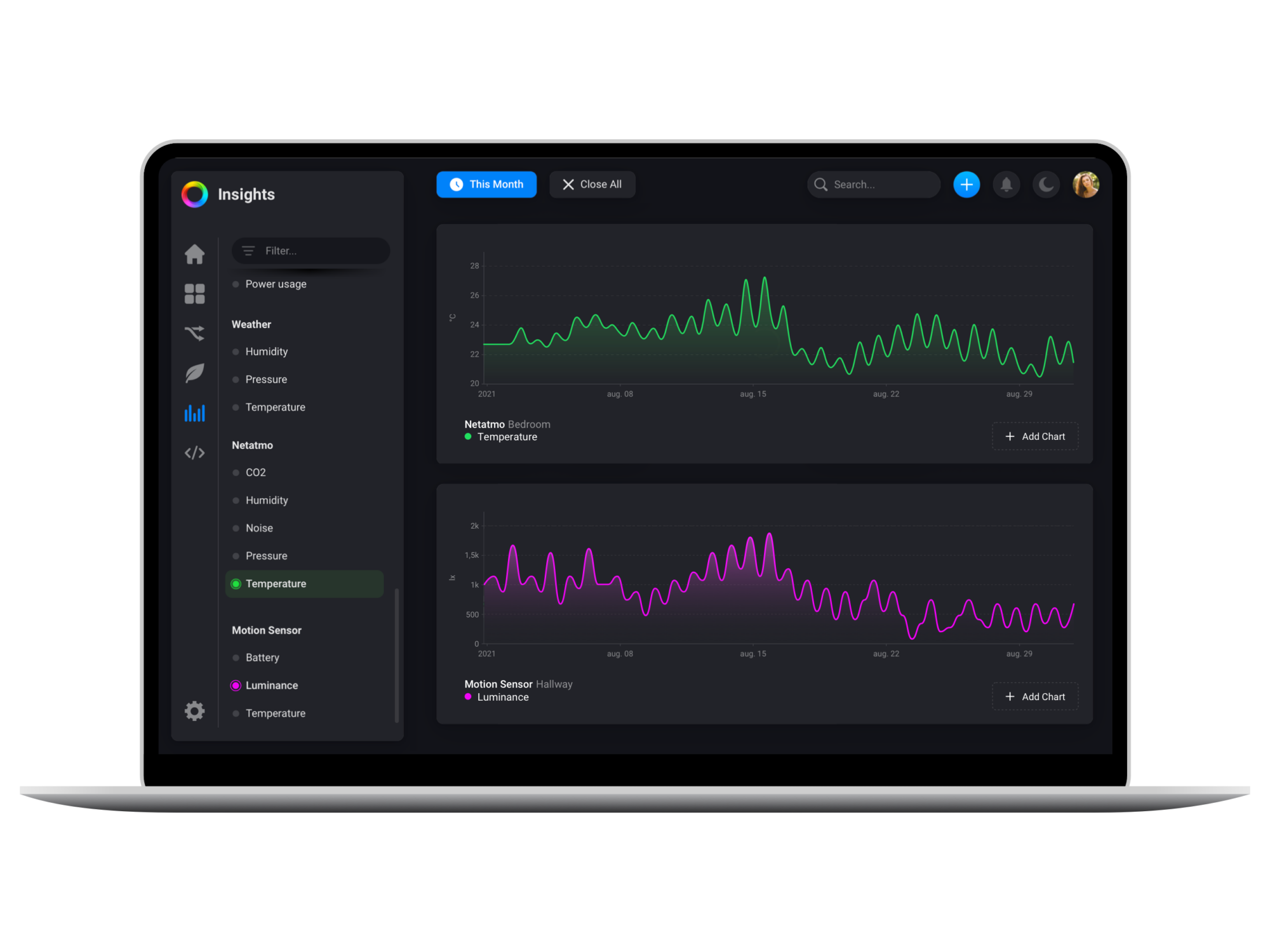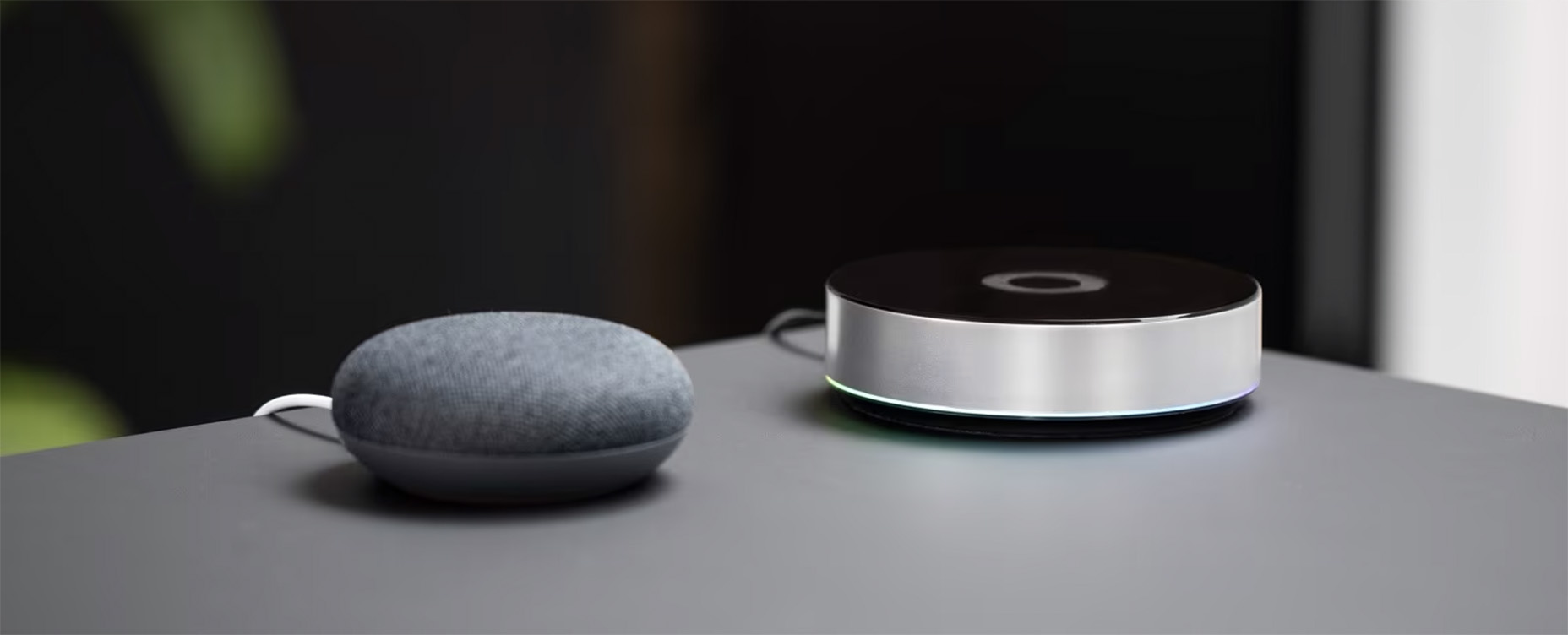When setting up your smart home, it is natural to compare Homey and Google Home and wonder if they compete or complement one another. Both platforms deal with smart devices, yet their roles are very different.
Homey is built as a full smart home hub that connects many technologies and devices under one roof. Google Home is a voice-first assistant that excels at interaction and quick control. Rather than choosing one over the other, most households benefit from combining them.
Contents
- Core Functions & Goals
- Connectivity & Protocol Support
- Voice, Local Control & Cloud Roles
- Automation & Routines
- Device Control & Compatibility
- Data Visibility, Analytics & Insights
- Privacy & Data Use
- Community & Support
- Integration & Collaboration
- Conclusion
Core Functions & Goals
At their core, Homey and Google Home serve different purposes in a smart home. Homey is a smart home hub designed to unify devices across brands and protocols into a single ecosystem. It provides one app for managing lights, heating, media, sensors, and more, no matter which brand they come from. Beyond basic control, it enables advanced automation through Flows, device monitoring through Insights, and integrations with third-party services. The result is a platform that acts as the central brain of your smart home. One single domain where all devices and systems come together under local and reliable management.

Google Home, in contrast, was built first and foremost as a voice assistant. Its main function is to let you manage tasks by speaking commands, from turning on a light or setting a timer to checking your calendar, sending a message, or controlling music playback. It has gradually expanded into smart home control, especially as Matter support has rolled out, but this remains one of many features rather than the central purpose. Google Home excels at interaction and convenience, while relying on other hubs and ecosystems to deliver deeper device unification and automation.
Connectivity & Protocol Support
Homey Pro supports eight different wireless technologies out of the box: Matter, Thread, Zigbee, Z-Wave, Wi-Fi, Bluetooth, 433 MHz, and Infrared. This means it can connect directly to a vast range of devices, including those that never reach the cloud. The Homey App Store extends this further with integrations for thousands of brands. For a more budget-friendly option, the Homey Pro mini supports Matter, Thread, Zigbee and connects over Ethernet, but skips Z-Wave, 433 MHz and Infrared. Both models give you broad compatibility, with the Pro offering the most complete package.
Google Home devices rely mainly on Wi-Fi and cloud connections, but recent updates have changed the picture. Google Nest Hubs and Nest Wi-Fi Pro can now act as Matter controllers and Thread Border Routers. This allows certain devices to connect locally, improving speed and reliability. Still, many devices connected through Google Home remain cloud-dependent, and support depends on whether brands integrate with Google’s ecosystem.
Voice, Local Control & Cloud Roles
Google Home’s strength is voice interaction. By speaking to a Nest Hub, Nest Mini, or your phone, you can control compatible devices, run routines, and access information instantly. The experience is consistent and well integrated with Google services, but many automations still run through the cloud.
Homey does not provide its own voice assistant but integrates with Google Assistant if you want to add voice control. Its strength is local processing. Automations and device logic run directly on the hub, which means they keep working even if the internet goes down. This makes Homey a reliable backbone, while Google Home adds a convenient voice layer on top.
Automation & Routines
Google Home allows users to create simple automations which are called Routines. You can trigger them by voice, time, sunrise or sunset, and device events. They work well for simple scenarios, such as turning off lights at bedtime or adjusting heating in the morning. However, they remain relatively limited in terms of conditional logic and complex routines.
Homey, on the other hand, is an automation power house. The basic Flows editor uses a simple structure of triggers, conditions, and actions, allowing you to tie devices and services together in simple ways. Advanced Flows adds a drag-and-drop canvas where you can build very sophisticated automations with real-time feedback. This gives you much more control over how your home reacts to changing conditions.
Device Control & Compatibility
Homey provides a clear and responsive dashboard where you can see the status of all connected devices at a glance. Each device has controls tailored to its purpose, such as sliders for dimming, color pickers for smart bulbs, and detailed panels for thermostats. With Dashboards you can group devices into personalized views, making everyday control straightforward whether you use the mobile app, tablet, or web interface. Because Homey supports so many protocols directly, you can manage devices from different brands in one consistent environment.

Google Home focuses on voice-first interaction, but its app also offers a device view for quick control. The interface is clean and well integrated into the Google ecosystem, with tiles for each device that support basic actions like toggling lights, adjusting brightness, or starting routines. While it works well for mainstream products, compatibility depends on brand support for Google Home, and advanced controls are much more limited compared to Homey.
Data Visibility, Analytics & Insights
Homey includes a feature called Insights, which records and visualizes historical data from devices. You can view graphs of temperature changes, track how much energy your appliances consume, or analyze how often motion sensors are triggered. This information can help you optimize your energy use, improve comfort, or spot unusual activity. Insights are integrated directly into the Homey app, so you can switch between control, automation, and monitoring without third-party tools.

Google Home provides basic status information and activity history, but it does not include detailed analytics. You can see when certain devices were last used or check if lights are on, but you cannot easily access historical energy usage or temperature trends. Some of this data may be available through the individual apps of device manufacturers, but Google Home does not unify it into a single analytics dashboard. This reflects Google’s focus on convenience and interaction rather than monitoring and long-term optimization.
Privacy & Data Use
Homey operates on a product-based business model. You pay for the hardware, and in return you get access to the software platform without mandatory subscriptions. Automations and device control are processed locally on the hub, and communication with external services only happens if you choose to enable it. Data stays within your home by default, and optional services such as cloud backups are available if you want them. This approach ensures that your household activity is not used for profiling or advertising.
Google Home follows a service-driven model as part of Google’s broader ecosystem. Devices like the Nest Hub or Nest Mini are inexpensive, and the platform relies on Google’s cloud services for much of its functionality. Data generated by your devices and interactions can contribute to your Google profile, which is used across services to personalize ads and recommendations. While Google has improved local control for some Matter devices, the platform still depends on cloud connectivity for many functions, making its privacy approach very different from Homey’s.
Community & Support
Homey combines official and community-driven support. Athom maintains a detailed knowledge base, offers direct customer support, and hosts a large community forum where users share automation ideas and troubleshoot issues. Because apps in the Homey App Store are curated and updated, you can rely on consistent integration without depending solely on volunteers for long-term maintenance.
Google Home support is integrated into Google’s broader help ecosystem. Users have access to Google’s support pages, troubleshooting guides, and a large user base across forums and social media groups. While the official documentation covers most common issues, advanced questions often rely on community discussion. Because device compatibility depends on brand integrations, support quality can vary, and in some cases you may need to contact the device manufacturer instead of Google directly.
Integration & Collaboration
Homey and Google Home are at their best when they work together. Homey can expose devices that are not natively supported by Google Home, such as older Z-Wave sensors, Zigbee devices from smaller brands, or 433 MHz accessories. By linking the two, you can ask Google Assistant to control these devices even though they do not officially support Google Home.
This integration creates a complementary setup. Homey acts as the universal translator and automation engine, ensuring all devices work together reliably and locally. Google Home adds an easy-to-use voice layer and integrates your home with Google’s wider ecosystem of services, from Chromecast to Android phones. This combination makes it possible to cover both advanced automation and simple day-to-day interaction in one system.
Conclusion
Homey and Google Home approach the smart home from different angles. Homey acts as a central hub that unifies devices and runs automation locally, while Google Home provides natural voice control and ties everything into Google’s services. Used together, they complement one another, bridging gaps in compatibility and interaction. For many users, the strongest smart home experience comes not from choosing between them, but from combining both.




